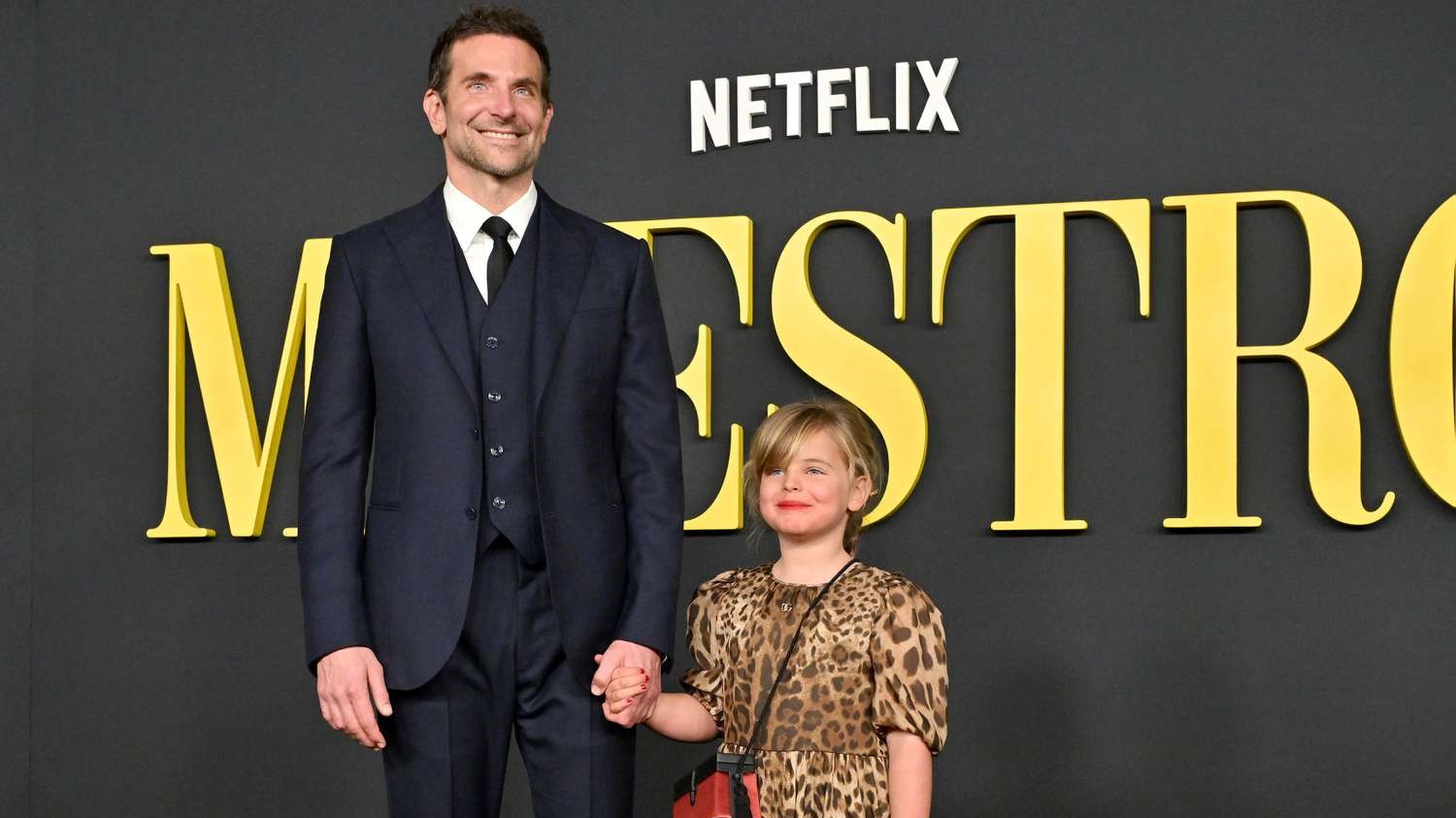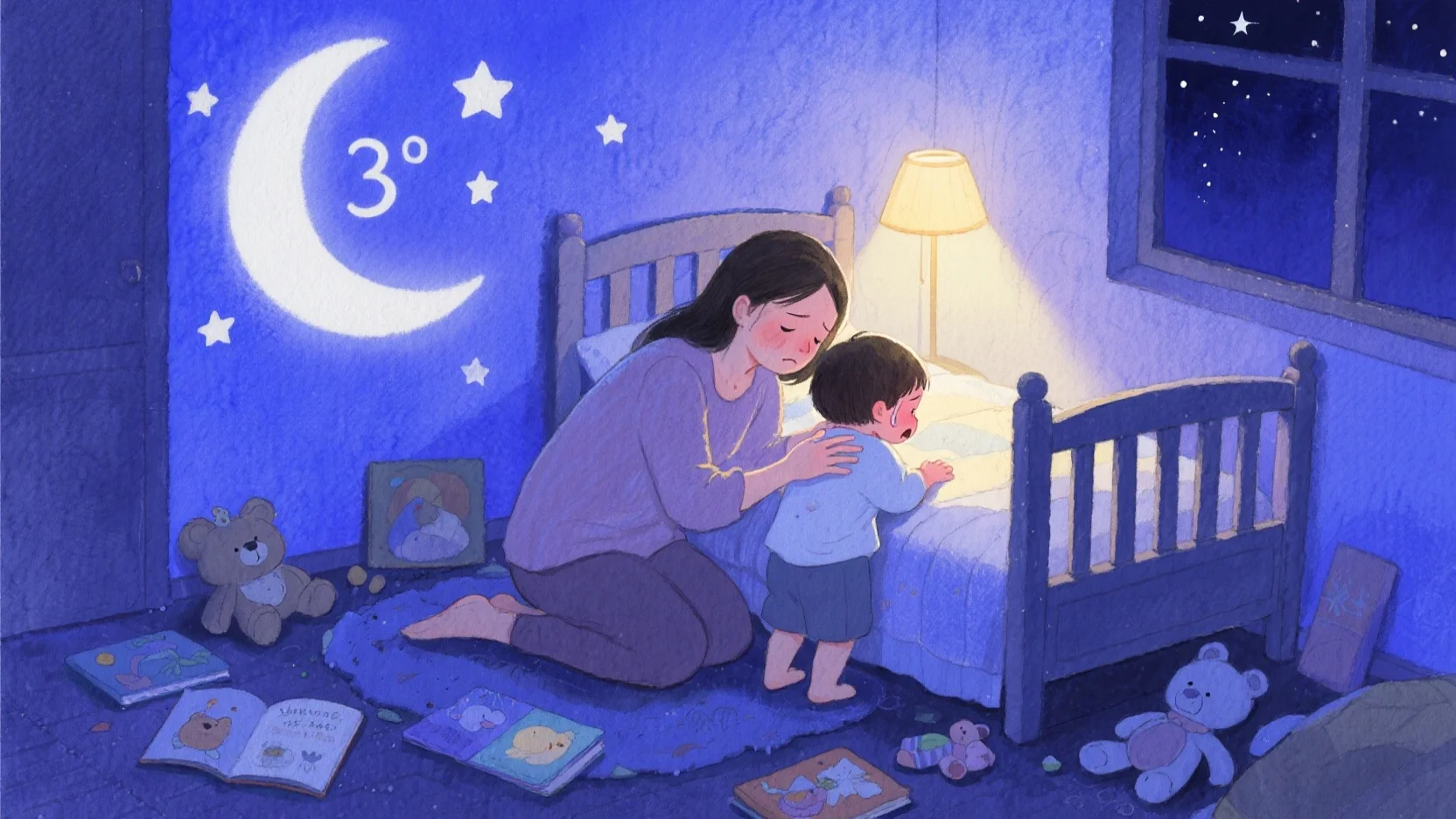Why Kids Are Obsessed with “Ugly-Cute” Characters
From Labubu’s mischievous grin to **Squishmallows’** derpy faces, “ugly-cute” toys have taken over kids’ wish lists. But what makes these quirky, imperfect designs so appealing to children? As parents, understanding the psychology behind this trend can help us make sense of our kids’ fascination—and even use it to support their emotional development.
The Science of “Ugly-Cute”: Why Kids Love It
1. Relatability Over “Perfect” Dolls
Unlike traditional “pretty” dolls, ugly-cute toys often have exaggerated features (big eyes, crooked teeth, asymmetrical shapes). Psychologists suggest:
- Imperfections = Less Pressure – Kids don’t feel the need to “live up” to an idealized standard.
- Emotional Connection – Flaws make characters feel more “real” and less intimidating.
🔹 Example: Labubu’s goofy expressions let kids project their own moods onto it.
2. The “Baby Schema” Effect
Even “ugly” toys trigger cuteness instincts in kids (and adults!) because they often include:
👀 Big eyes (like babies) → Activates caregiving responses.
🤪 Playful imperfections → Feels approachable and non-judgmental.
3. Humor & Rebellion
For older kids, liking “weird” toys can be:
- A form of self-expression (“I don’t follow trends!”).
- A shared joke with friends (e.g., “This toy is so ugly it’s cute!”).
What Parents Should Watch For
**✅ The Benefits**
✔ Encourages creativity – Kids invent backstories for quirky characters.
✔ Builds emotional resilience – Accepting “imperfect” toys can help kids embrace their own uniqueness.
✔ Reduces social pressure – No “right” way to play with a toy that’s already silly.
**⚠️ Potential Downsides**
- Collector mentality – Blind boxes (like Labubu) can fuel “gotta catch ’em all” impulses.
- Peer influence – If a toy goes viral (e.g., on TikTok), kids may beg for it even if they don’t truly love it.
How to Engage with Your Child’s Interest
1. Ask Why They Love It
- “What do you like about Labubu’s funny face?”
- “Which one feels most like you?” (Helps them reflect on identity.)
2. Turn It into a Learning Tool
- Math: Sort Labubu figures by color/size.
- Storytelling: “Write a adventure for your weirdest toy!”
3. Set Healthy Limits
- “We’ll buy one per month—which one do you want most?”
- “Let’s trade duplicates with friends instead of buying more.”
The Takeaway
“Ugly-cute” toys like Labubu aren’t just a fad—they’re a window into how kids process emotions, creativity, and social norms. By embracing the trend (while guiding healthy habits), parents can help children enjoy their toys and grow from them.
💬 Discussion: Does your kid have a favorite “ugly-cute” toy? How do you handle their requests for more? Share below!








